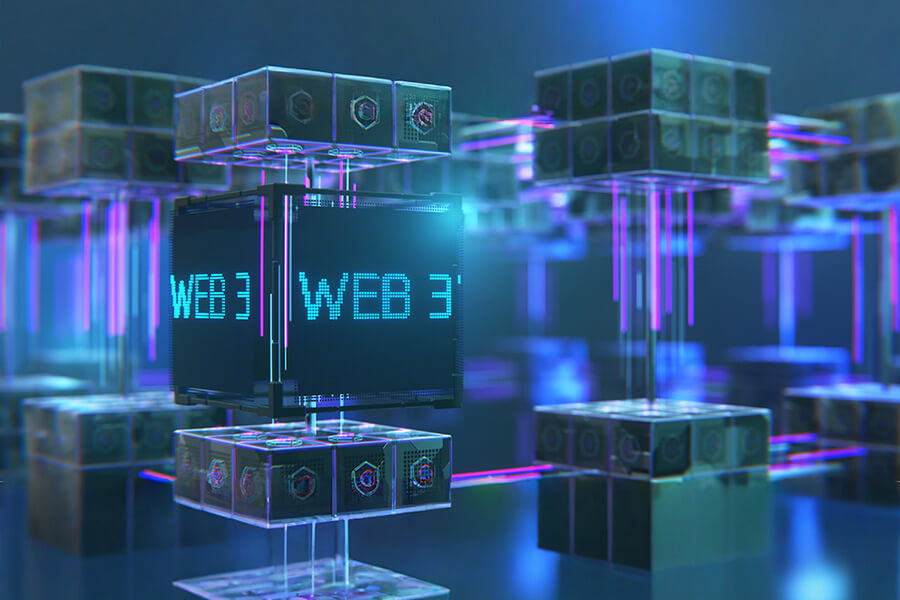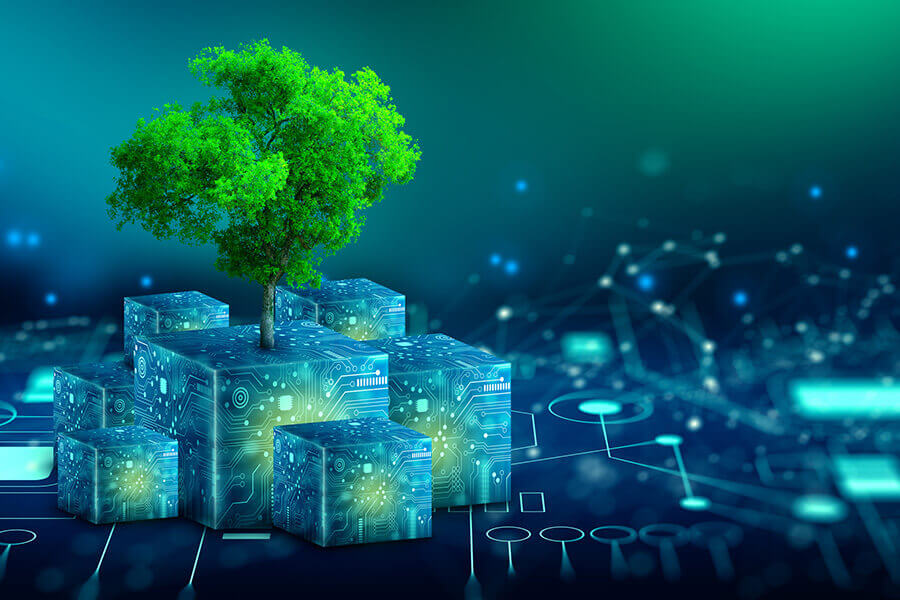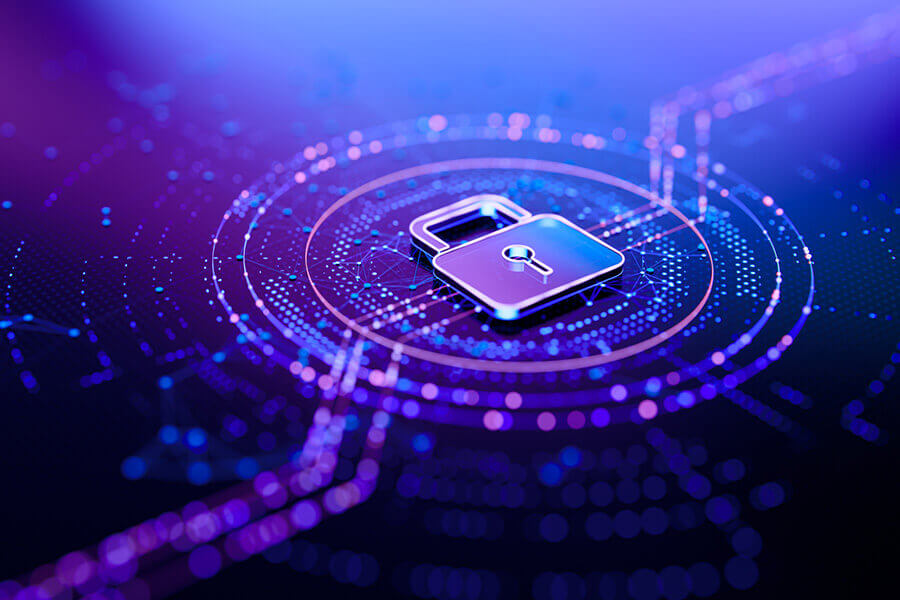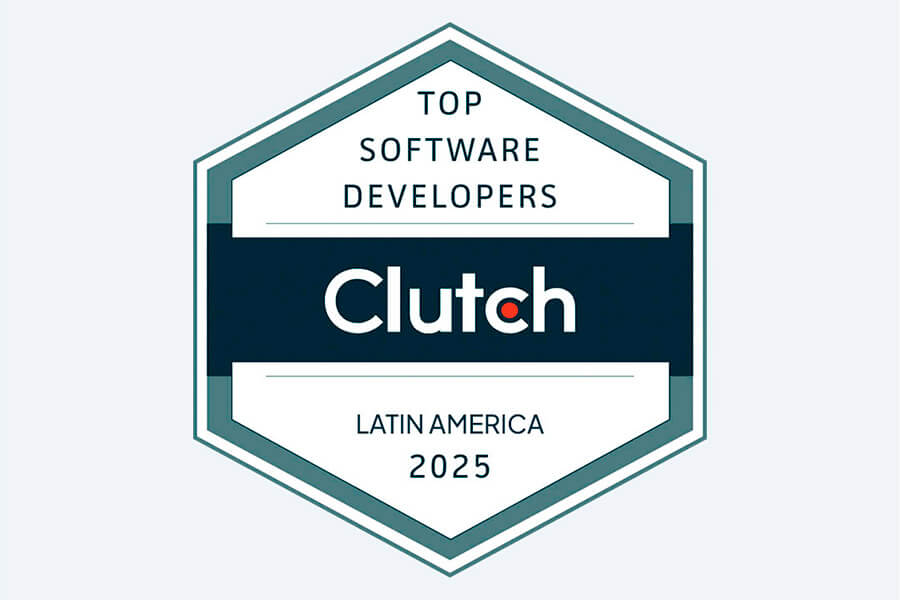How Web3 Technologies Are Reshaping Internet Infrastructure and User Control
The internet stands at a critical turning point as technology shifts from centralized corporate control to user-owned digital ecosystems. Web3 represents the third evolution of the internet, fundamentally transferring control from tech giants to individual users through blockchain technology and decentralized protocols. This transformation challenges the current model where platforms like Facebook and Google profit from user data while maintaining complete authority over digital interactions.
Unlike the platform-centric Web 2.0 era, Web3 creates new possibilities for how people interact, transact, and own digital assets online. The movement extends beyond technical infrastructure to encompass a philosophical shift toward transparency, user empowerment, and trustless systems that operate without traditional intermediaries.
Understanding Web3 requires examining both its foundational principles and real-world applications across finance, governance, and digital ownership. These decentralized systems are already reshaping industries and creating new economic models that prioritize user control over corporate profit.
The Decentralization of the Web: Understanding Web3
Web3 represents a fundamental shift from centralized internet control to distributed systems powered by blockchain technology and cryptographic techniques. This transformation emphasizes user ownership, enhanced security, and direct peer-to-peer interactions without traditional intermediaries.
From Web1 and Web2 to Web3: The Evolution of the Internet
The internet has evolved through three distinct phases, each representing different levels of user interaction and control. Web1 emerged in the 1990s as a static, read-only environment where users could only view content.
Web2 introduced dynamic, interactive platforms starting in the early 2000s. Users gained the ability to create and share content through social media and collaborative platforms. However, centralized corporations controlled user data and digital interactions.
Key characteristics of each phase:
| Web Version | Period | User Role | Control Structure |
| Web1 | 1990s-2000s | Read-only | Decentralized publishing |
| Web2 | 2000s-present | Read-write | Centralized platforms |
| Web3 | Present-future | Read-write-own | Decentralized protocols |
Web3 introduces the “read-write-own” model, where users maintain ownership of their data and digital assets. This shift eliminates the need for centralized intermediaries that have dominated Web2.
Core Principles of Decentralization
Decentralization removes single points of control and distributes authority across network participants. In decentralized systems, no single entity controls user data, transactions, or network operations.
- Enhanced security emerges as a primary benefit of decentralization. Traditional centralized systems create vulnerabilities where one breach can compromise entire networks. Decentralized systems distribute risk across multiple nodes.
- User ownership represents another fundamental principle. Participants control their digital identities, data, and assets directly. They no longer depend on centralized platforms that can restrict access or modify terms of service.
- Transparency increases through open protocols and publicly verifiable transactions. Network participants can audit operations and verify the integrity of the system without trusting central authorities.
- Privacy improvements occur through cryptographic techniques that protect user information while maintaining network functionality. Users can interact without revealing personal data to intermediaries.
Blockchain Technology: The Foundation of Web3
Blockchain serves as the underlying technology that enables Web3’s decentralized architecture. This distributed ledger technology creates permanent, tamper-resistant records across multiple network nodes.
Each block contains cryptographically secured transaction data linked to previous blocks. This creates an immutable chain that prevents unauthorized modifications to historical records.
- Consensus mechanisms ensure that network participants agree on the validity of transactions without requiring central oversight. Popular methods include Proof of Work and Proof of Stake protocols.
- Cryptographic techniques protect data integrity and user privacy. Hash functions, digital signatures, and encryption algorithms secure network communications and verify participant identities.
- Node distribution eliminates single points of failure by storing identical ledger copies across multiple computers. This redundancy ensures network continuity even if individual nodes fail or disconnect.
The peer-to-peer nature of blockchain networks enables direct interactions between users without the need for intermediaries. Participants can transfer value, execute agreements, and share data directly.
Smart Contracts and Distributed Ledgers
Smart contracts are self-executing programs that automatically enforce agreement terms when predetermined conditions are met. These digital contracts eliminate the need for intermediaries in many transactions.
Distributed ledgers expand beyond simple transaction records to support complex programmable logic. Multiple parties can access the same information while maintaining data consistency across the network.
Smart contracts operate on blockchain networks, inheriting their security and immutability properties. Once deployed, contract code cannot be altered, ensuring predictable execution.
Common applications include:
- Automated payments based on delivery confirmation
- Insurance claims processing triggered by verified events
- Supply chain tracking with automatic quality verification
- Decentralized finance protocols for lending and trading
These programmable agreements reduce costs by eliminating manual processing and third-party verification. They also increase execution speed since automated systems respond immediately to trigger conditions.
The transparency of distributed ledgers allows all network participants to verify smart contract operations. This creates trust through mathematical certainty rather than reliance on institutional reputation.
Web3 in Practice: Decentralized Applications, Finance, and Governance
Web3’s practical implementation centers on decentralized applications that give users direct control over their data and digital assets. The ecosystem operates through blockchain-based financial services, token-based ownership models, and community-driven governance structures.
Decentralized Applications (dApps) and Wallets
Decentralized applications operate on blockchain networks without central authorities controlling user data or transactions. These applications run on networks like Ethereum and Polkadot, giving users unprecedented control over their digital interactions.
Key dApp categories include:
- Gaming platforms where players own in-game assets
- Social media networks with censorship resistance
- Content creation platforms enabling direct creator monetization
Cryptocurrency wallets serve as the gateway to Web3 applications. Users store private keys that grant access to their digital assets and identity across decentralized networks.
Wallets like MetaMask and Trust Wallet connect users to multiple blockchain networks. They eliminate the need for traditional login systems by using cryptographic signatures for authentication.
The user experience in dApps differs significantly from traditional applications. Users must approve transactions, pay network fees, and manage their own security. This shift represents true user empowerment but requires greater technical understanding.
Decentralized Finance (DeFi) and Digital Assets
DeFi platforms recreate traditional financial services without intermediaries like banks or brokers. These protocols use smart contracts to automate lending, borrowing, trading, and yield generation across various blockchain networks.
Major DeFi protocols include:
- Uniswap for decentralized token trading
- Compound for lending and borrowing
- MakerDAO for stablecoin creation
Bitcoin established the foundation for digital assets, while Ethereum enabled programmable money through the use of smart contracts. DeFi platforms now process billions in daily trading volume across cryptocurrencies and tokenized assets.
Users can participate in financial transactions without traditional banking infrastructure. They earn yield by providing liquidity to trading pools or lending their digital tokens to borrowers.
The DeFi ecosystem operates 24/7 across global blockchain networks. Token holders vote on protocol upgrades and parameter changes, creating community-governed financial systems.
Tokenization, NFTs, and Digital Ownership
Tokenization converts real-world and digital assets into blockchain-based tokens that can be traded and owned. This process enables fractional ownership of expensive assets like real estate or artwork.
Non-fungible tokens represent unique digital items with verifiable ownership. NFTs gained prominence in digital art markets but extend to gaming items, domain names, and intellectual property rights.
Common tokenization applications:
- Digital art collections with provable authenticity
- Gaming assets are transferable between platforms
- Real estate enabling fractional investment
Smart contracts automatically execute ownership transfers and royalty payments. Artists receive ongoing compensation when their NFTs trade in secondary markets.
Tokenization enables the creation of new business models, allowing creators to maintain ongoing relationships with their audience. Digital ownership becomes portable across platforms and applications within the Web3 ecosystem.
Decentralized Autonomous Organizations and Governance
DAOs operate through smart contracts and community voting rather than traditional corporate structures. Token holders propose changes, vote on decisions, and collectively manage treasury funds.
Governance tokens grant voting power proportional to token holdings. Members participate in protocol upgrades, fee adjustments, and strategic direction through decentralized governance systems.
Successful DAO implementations include:
- Protocol governance for DeFi platforms
- Investment decisions for venture DAOs
- Content curation for social platforms
Proof-of-stake networks like Ethereum utilize token-based governance for network upgrades and parameter changes. Validators stake tokens and vote on network improvements while earning rewards.
DAOs face challenges in coordination, legal recognition, and preventing token concentration among large holders. Despite these issues, they represent a fundamental shift toward community-controlled organizations.
Decentralized governance extends beyond financial protocols to supply chain management and identity systems. Organizations like Filecoin demonstrate how distributed networks can coordinate complex infrastructure projects through token incentives.
Conclusion
Web3 marks more than just a technological shift—it represents a fundamental rethinking of how the internet should serve its users. By enabling decentralized ownership, transparent governance, and trustless interactions, it challenges decades of centralized control and opens the door to a more democratic digital future.
As blockchain-based platforms, decentralized finance (DeFi), and user-owned data models gain traction, the promise of Web3 is becoming increasingly tangible. However, this transformation also brings new challenges around scalability, regulation, and user adoption. Those who embrace the change early will help shape a more open and equitable digital ecosystem.
Ultimately, the rise of Web3 signals a future where users regain control of their data, identity, and digital experiences—shifting power from platforms to people and redefining what the internet can become.







